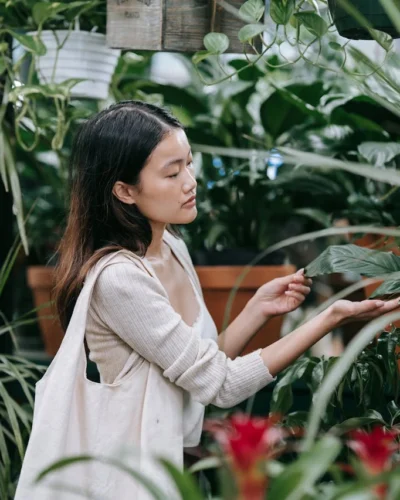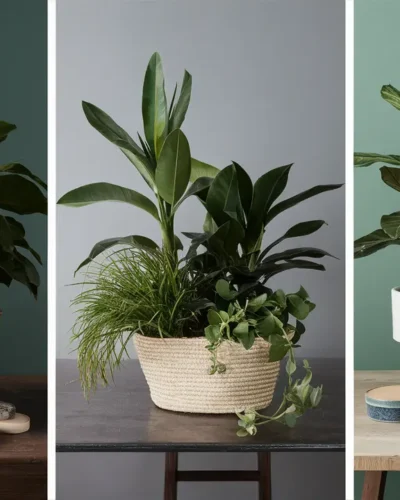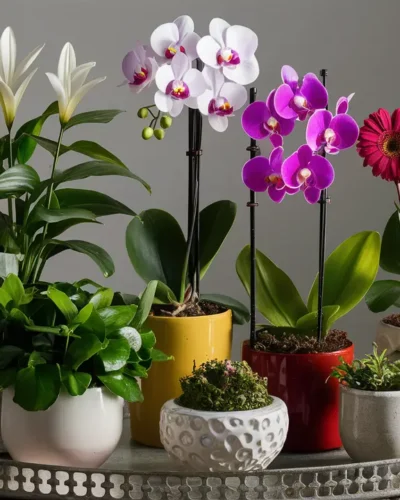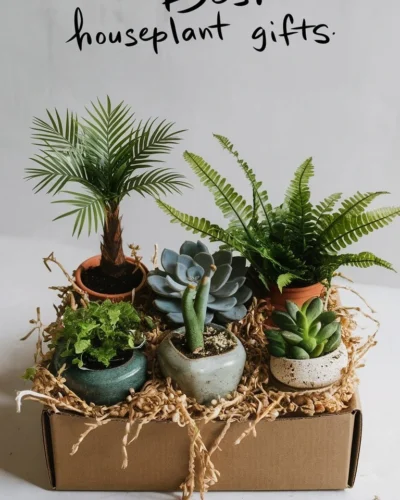Houseplants bring life and beauty to our homes, purifying the air and boosting our mood. But with curious little ones (kids and pets), it’s important to be aware of potentially Toxic Houseplants.
Fear not, plant lovers! This guide will help you navigate the world of houseplants with confidence, ensuring a safe and thriving green haven for everyone.
Table of Content
Toxic Houseplants for Kids and Pets
While most houseplants aren’t inherently dangerous, some contain compounds that can cause discomfort if ingested. Here are some common houseplants to keep out of reach of children and pets:
1. Caladium
Those stunning, heart-shaped leaves? They’re the culprit! Ingestion causes mouth and throat irritation.
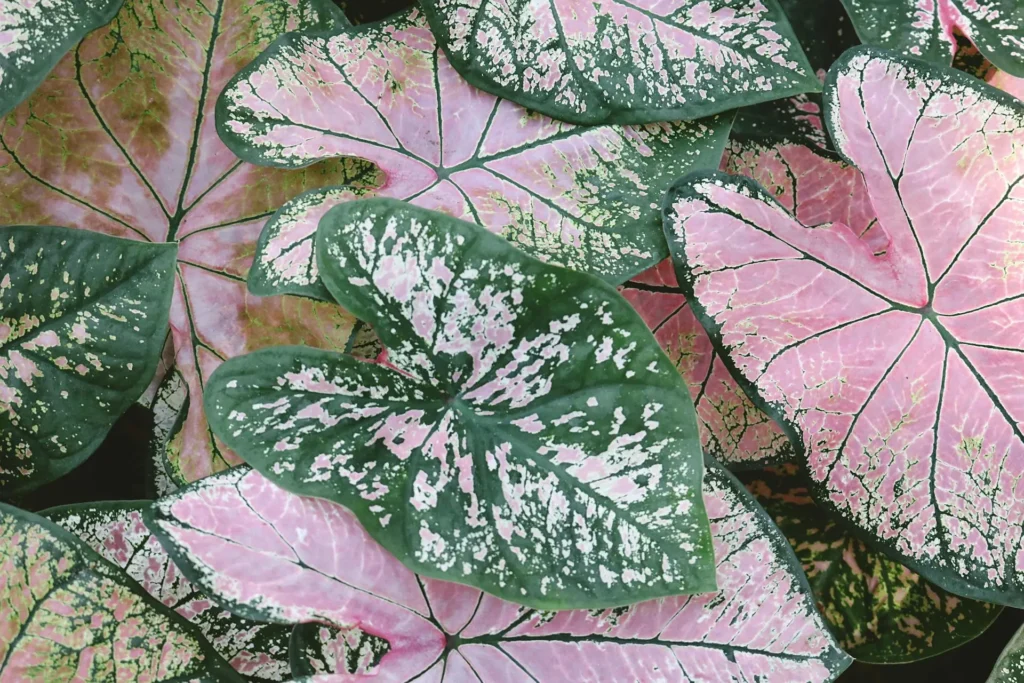
Caladiums are known for their stunning, heart-shaped leaves that come in a variety of colors and patterns, making them a popular choice for adding a splash of color indoors. However, these beautiful leaves contain calcium oxalate crystals, which can cause severe irritation if ingested.
Symptoms typically include a burning sensation in the mouth, throat, and stomach, along with swelling and difficulty swallowing.
In some cases, contact with the sap can also cause skin irritation. It’s essential to handle these plants with care and ensure they are placed where curious children and pets cannot reach them.
2. Calla Lily
Their elegant arrow-shaped leaves are toxic, causing a burning sensation in the mouth.
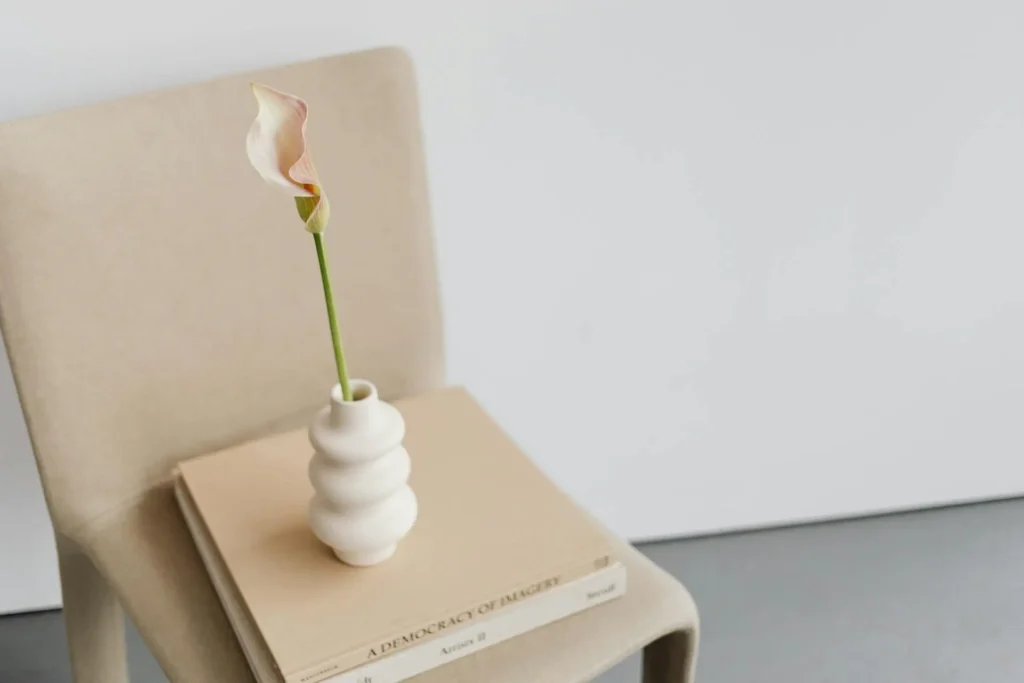
Calla lilies are elegant plants with distinctive arrow-shaped leaves and beautiful trumpet-like flowers.
Despite their beauty, all parts of the Calla lily plant are toxic. Ingestion can lead to a burning sensation in the mouth, throat, and lips, along with excessive drooling and swelling.
The plant contains insoluble calcium oxalates, which can also cause severe gastrointestinal upset if ingested in large quantities.
These symptoms can be particularly distressing for small children and pets, making it crucial to keep Calla lilies out of their reach.
3. Devil’s Ivy
This popular climber with heart-shaped leaves can irritate skin and cause a burning mouth sensation if ingested.
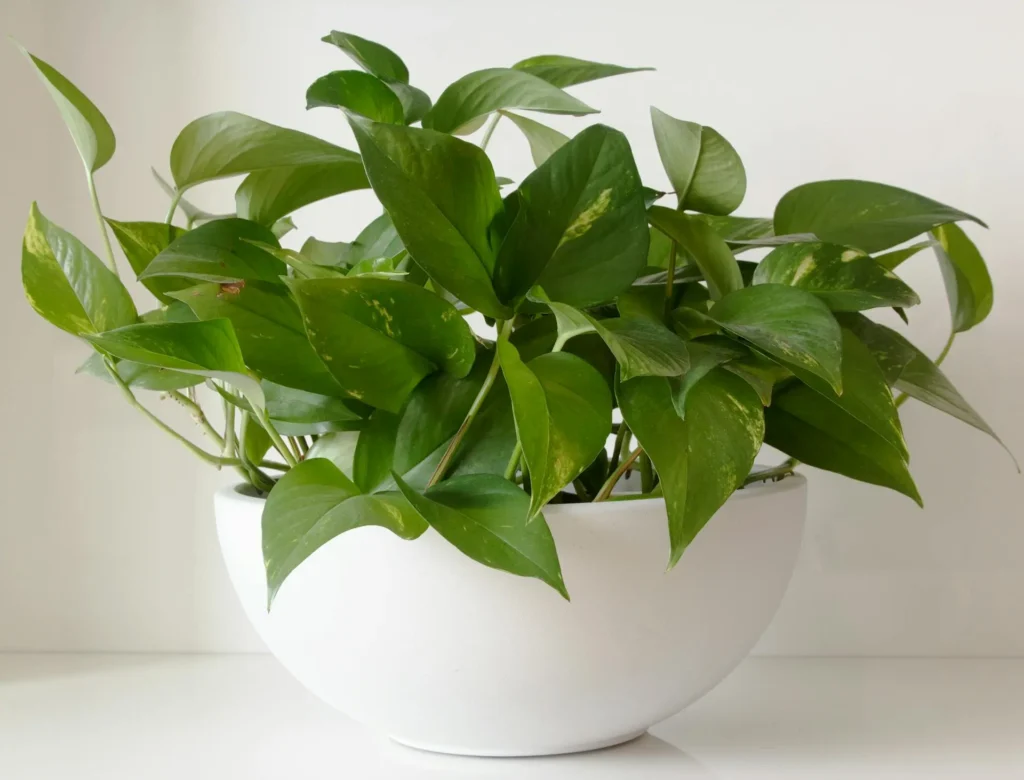
Devil’s Ivy, also known as Pothos, is a popular climbing plant with heart-shaped, variegated leaves.
It’s admired for its easy care and air-purifying qualities. However, Devil’s Ivy contains insoluble calcium oxalates that can cause immediate pain and irritation if chewed or swallowed.
Common symptoms include a burning sensation in the mouth, difficulty swallowing, and swelling of the lips, tongue, and throat. Additionally, the sap can cause skin irritation upon contact.
This plant should be hung high or placed in areas that are inaccessible to children and pets.
4. Dumb Cane
Don’t be fooled by the name! The leaves cause intense mouth pain and swelling upon chewing.
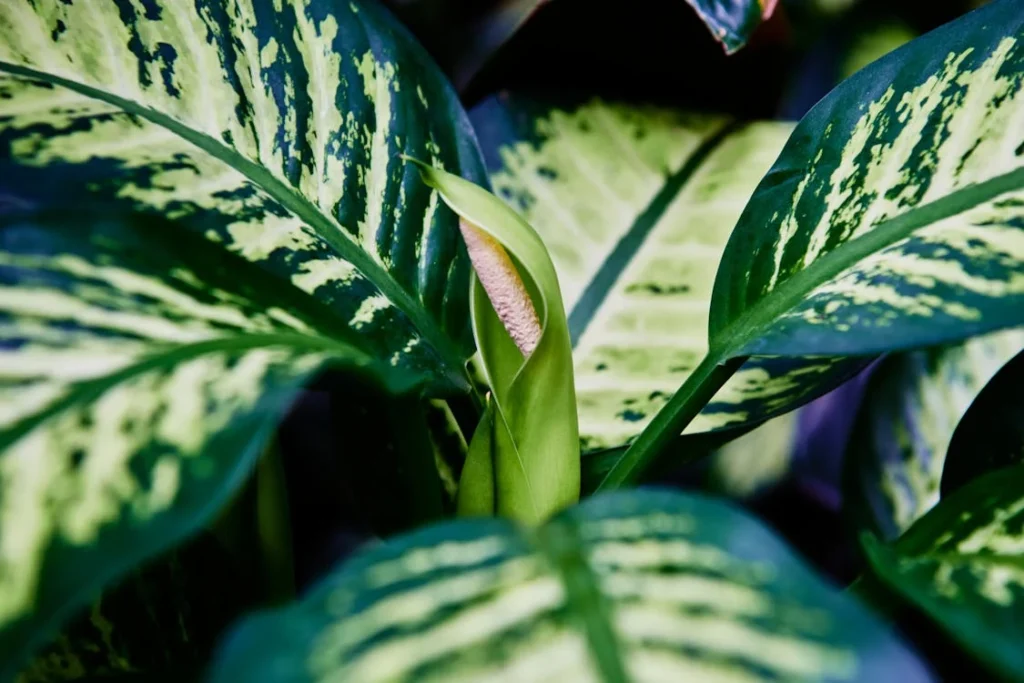
Dumb Cane, scientifically known as Dieffenbachia, is another popular houseplant known for its large, attractive leaves. Unfortunately, these leaves contain raphides, needle-shaped calcium oxalate crystals, which can cause intense pain and swelling when chewed.
The name “Dumb Cane” originates from its ability to cause temporary speechlessness due to the swelling of the mouth and throat. In severe cases, ingestion can lead to difficulty breathing.
As with other toxic plants, it’s important to keep Dumb Cane out of the reach of children and pets to avoid these painful and potentially dangerous reactions.
5. Jerusalem Cherry
Those cute red berries may look tempting, but they (and the leaves) are toxic, causing stomach upset and irritation.
Jerusalem Cherry is a small ornamental plant that produces bright red berries, resembling tiny tomatoes.
While these berries may look appealing, they are highly toxic. Ingestion can lead to severe stomach upset, including vomiting and diarrhea, as well as symptoms like drowsiness and respiratory issues.
The leaves of the plant are also toxic and can cause similar symptoms.
Given their enticing appearance, it’s especially important to keep Jerusalem Cherry plants away from children and pets who might be tempted to taste the berries.
6. Philodendron
This climbing vine boasts beautiful heart-shaped leaves, but they can cause burning and irritation in the mouth and throat if ingested.
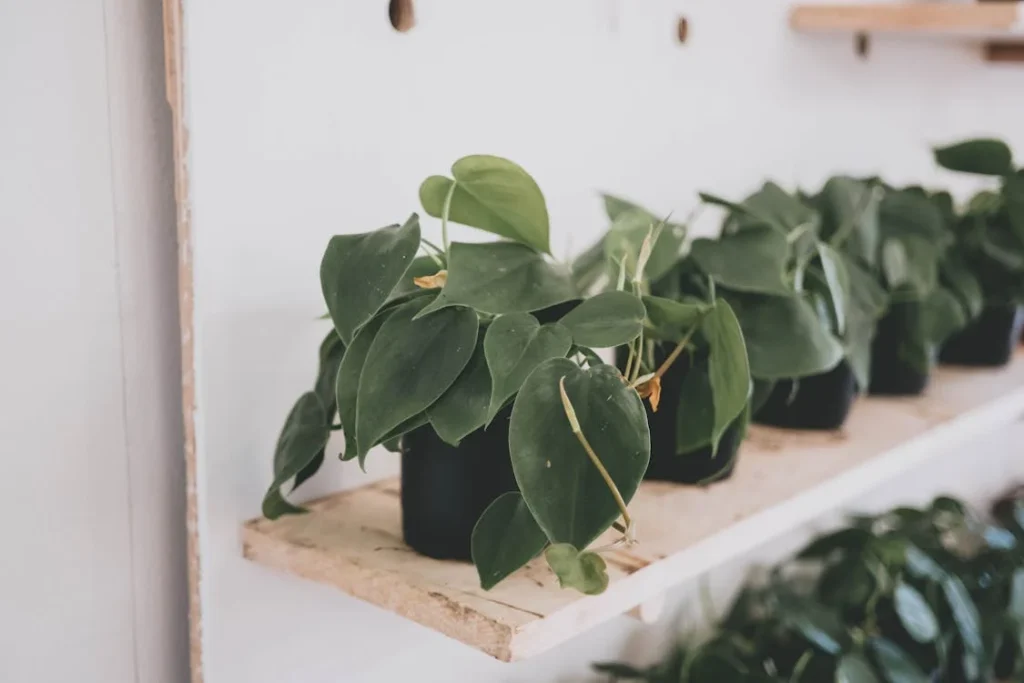
Philodendrons are a popular choice for indoor greenery due to their attractive, heart-shaped leaves and easy-care nature. However, they contain insoluble calcium oxalates that can cause significant irritation if ingested.
Symptoms include a burning sensation in the mouth and throat, excessive drooling, and swelling of the mouth, tongue, and lips. Ingesting large amounts can lead to more severe gastrointestinal distress.
Additionally, contact with the sap can cause mild skin irritation. To ensure safety, place Philodendrons out of the reach of children and pets, especially those prone to chewing on plants.
In summary, while houseplants can enhance the beauty and ambiance of your home, it’s crucial to be aware of the potential risks some plants pose to children and pets. By selecting safe plants and positioning potentially toxic ones out of reach, you can enjoy the benefits of indoor greenery without compromising the health and safety of your loved ones.
Best Tips for Plant Parenthood:
Here are some essential tips for safe and happy plant parenting:
Plant Power Knowledge: Learn the names (both common and scientific) of your plants. A quick internet search can reveal potential toxicity.
Out of Reach, Out of Trouble: Place potentially toxic plants on high shelves, hanging planters, or behind closed doors.
Label & Store Wisely: Keep labeled bulbs and seeds safely tucked away from curious hands and paws.
Edible or Not? Skip the Guesswork: Only use plants labeled “edible” for food decorations or culinary creations.
Don’t Be Fooled by Foragers: Just because animals eat a plant doesn’t mean it’s safe for humans.
What to when showing Toxic Houseplants?
Accidents happen, even with the best precautions. Keep the Poison Control Hotline number (800-222-1222) readily available, along with the plant’s name (common or scientific) if needed.
Expand Your Green Knowledge and Embrace the Greenery, Safely!
This list provides a starting point. To explore further, consider these resources:
- The American Association of Poison Control Centers: https://www.aapcc.org/
- The National Capital Poison Center: https://poisonousplants.cvmbs.colostate.edu/search
With a little knowledge and planning, you can cultivate a gorgeous and healthy indoor jungle for your entire family (pets and human alike) to enjoy. So, get planting, and remember, happy (and safe) plants make happy homes!




